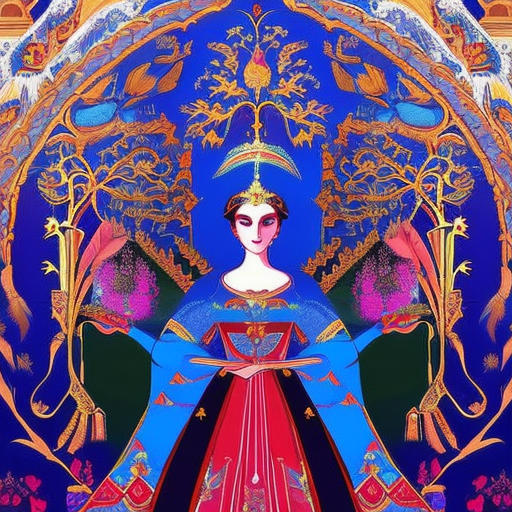One-line summary:
Catherine the Great: Portrait of a Woman is a captivating biography that explores the life and reign of one of Russia’s most influential and controversial leaders.
The Rise of Catherine:
Catherine the Great, born as Sophie Friederike Auguste von Anhalt-Zerbst-Dornburg, was a German princess who became Empress of Russia. This section of the book delves into her early life, her marriage to Peter III, and her transformation into Catherine II. Despite a rocky start to her marriage, Catherine quickly realized that her husband was unfit to rule and orchestrated a coup to remove him from power. This marked the beginning of her reign as Empress, during which she implemented numerous reforms and modernized Russia.
The Enlightened Empress:
Catherine the Great was known for her intellectual curiosity and desire to bring enlightenment ideals to Russia. She corresponded with prominent philosophers such as Voltaire and Diderot, and she actively sought their advice on matters of governance. Under her rule, Russia experienced a cultural renaissance, with the establishment of theaters, museums, and universities. Catherine also championed education and encouraged the spread of knowledge throughout her empire. However, her commitment to enlightenment ideals was not without its limits, as she also maintained a firm grip on power and suppressed dissent when necessary.
Foreign Affairs and Expansion:
Catherine’s reign was marked by significant territorial expansion. She waged successful wars against the Ottoman Empire, which allowed Russia to gain control over Crimea and expand its influence in Eastern Europe. Catherine’s ambitions extended beyond military conquests, as she also sought to establish Russia as a major player in European politics. She formed alliances with other European powers and engaged in diplomatic maneuvers to protect Russian interests. However, her expansionist policies were not without controversy, and they often led to conflicts with neighboring countries.
Key Takeaways:
- Catherine the Great was a German princess who became Empress of Russia and implemented numerous reforms during her reign.
- She was a patron of the arts and sciences, promoting education and enlightenment ideals throughout her empire.
- Catherine’s foreign policy focused on territorial expansion and establishing Russia as a major European power.
- Her reign was marked by both achievements and controversies, as she balanced her commitment to enlightenment ideals with a firm grip on power.
“I am one of the people who love the why of things.” – Catherine the Great
In conclusion, Catherine the Great: Portrait of a Woman provides a comprehensive and engaging account of the life and reign of one of Russia’s most influential leaders. It highlights Catherine’s transformation from a German princess to an enlightened empress, her commitment to education and the arts, and her ambitious foreign policy. While Catherine’s reign was not without its controversies, her impact on Russia and her legacy as a powerful and progressive ruler cannot be denied.












